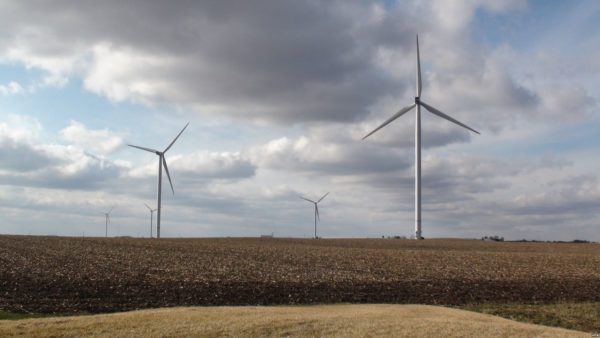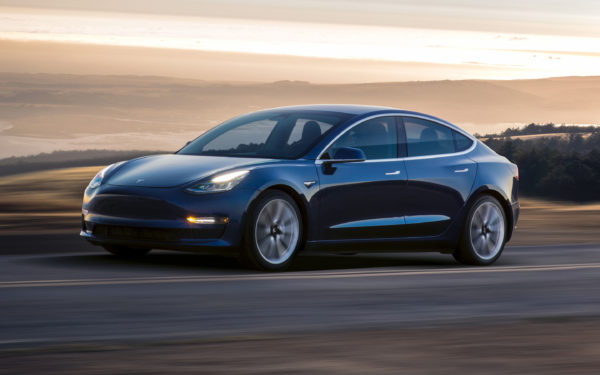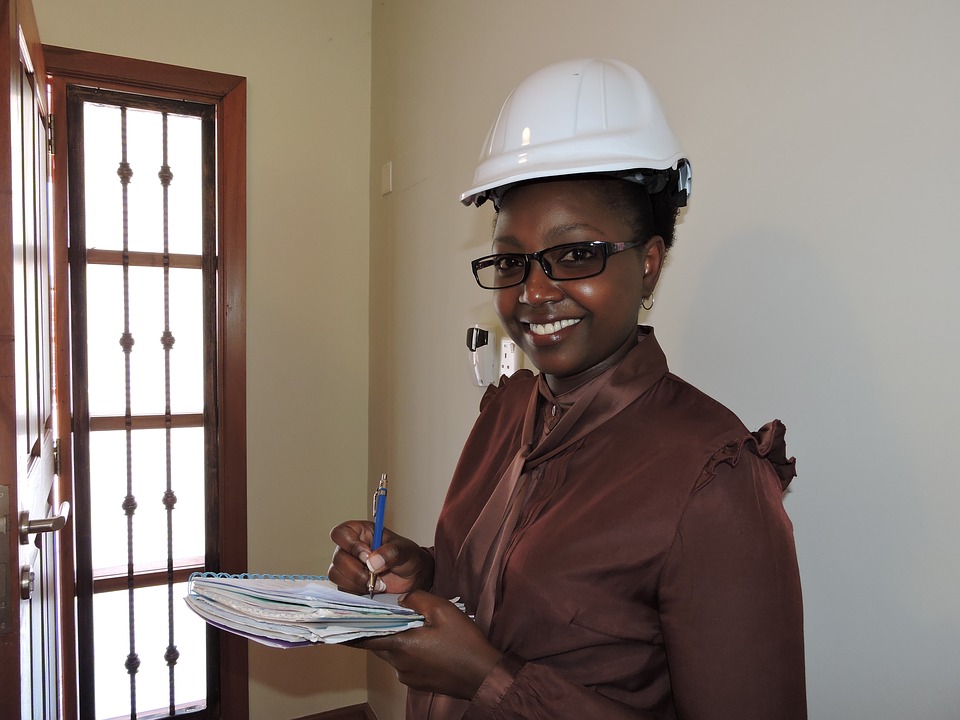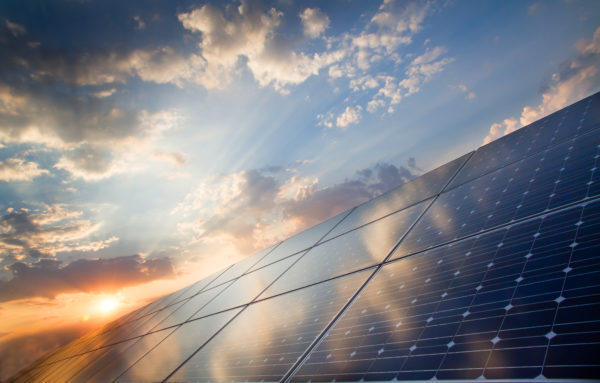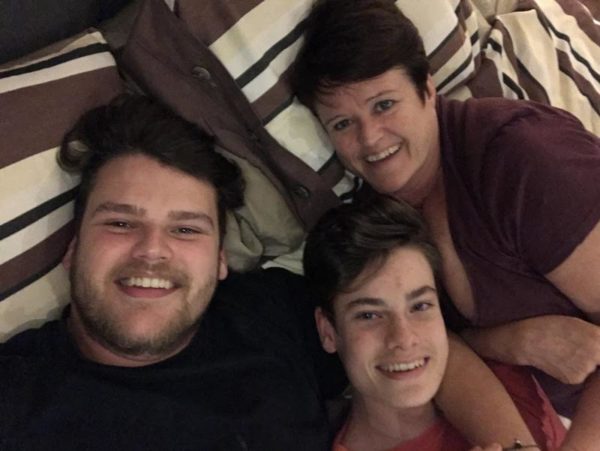Google will buy 536 megawatts of wind power, adding to the company’s already large supply, making it the biggest corporate purchaser of renewable energy, according to a statement Thursday. The Alphabet subsidiary will purchase wind energy from four different power plants: two in South Dakota, one in Iowa and one in Oklahoma. Google announced at the end of last year that it would reach 100% renewable energy in 2017. With these deals, the company has agreed to buy enough power to compensate for all of its energy needs this year, though some of the projects are not yet operational.
Continue reading... →Tesla’s Model 3, the most important car to come out in decades, has a confirmed range of 310 miles, according to the Environmental Protection Agency. That figure applies to the long-range version of the Model 3, and echoes the vehicle specs released by Tesla back in July. It also makes the Model 3 one of the most efficient passenger electric vehicles on the market.
Continue reading... →Since women are disproportionately affected by climate change, it’s about time they get a bigger seat at the negotiating table. The Women and Gender Constituency, a group that works to ensure women’s rights are embedded in U.N. negotiations, is pushing for a new gender action plan set to be approved on Friday at the climate talks in Bonn, Germany. Little progress has been made since negotiators proposed a “gender balance” goal to boost female participation five years ago. (The U.N. process initially failed to include gender in its agenda.) A recent paper from the U.N. climate change secretariat shows that women made up 32 percent of conference delegates in 2015 and 2016, up only one percentage point from 2012.
Continue reading... →Now, the movement that began at Standing Rock has gone global, since much of the DAPL funding came from overseas banks. Some European banks such as BNP Paribas have taken steps to stop funding fossil fuel projects that trample Native peoples’ rights. Others such as Norway’s DNB and ING have done some divesting. Last week, a delegation of Indigenous women returned from a trip to Europe where they met with leaders of financial institutions in Norway, Switzerland, and Germany, the “home bases for several of the world’s largest financial and insurance institutions supporting dangerous extraction developments,” according to the news release. The delegation was organized by Indigenous women leaders in partnership with the Women’s Earth and Climate Action Network.
Continue reading... →Engineers are good at solving problems. We make bridges safer, computers faster and engines more efficient. Today, the profession is working on an especially thorny problem: gender equity in higher education. While other fields of study continue to make significant advances towards gender equity, engineering schools are still struggling to pull their numbers of women students past the 20 per cent threshold. This week, McMaster University is hosting a conference for more than 150 deans of engineering from schools around the world. One of the major issues we’re discussing at this Global Engineering Deans Council Conference is the gender imbalance that remains a challenge across the field. We are making progress, but we need a breakthrough.
Continue reading... →A new International Energy Agency report contains some startling findings about solar energy dominance and its future. The study found that renewables comprised 66% of all new net electricity capacity additions in 2016. Two-thirds of added capacity, in other words, consisted of photovoltaic solar cells, wind turbines and biofuels. 165 gigawatts of new solar was added in 2016. In 2016, new solar photovoltaic capacity globally grew by 50 percent.
Continue reading... →Women play a vital role in society; we are the hub in the wheel on which the family resides, we are the silent hard workers. A woman symbolizes the earth, she searches for food and offers protection and safety.
Through the generations, women have fought for the right to vote, an end to sexual violence, equal rights in family law, fair wages or equal pay, the rights to own property and to education, the list is endless. Our next pivotal role now, which has always been of paramount importance but has become critical: our role in sustainability.
I believe that we can be catalysts for innovation in sustainability. We are naturally nurturing and what better a cause to fight for than mother earth and the health of its inhabitants.
In June, C&A, the international Dutch chain of retail clothing stores launched a line of T-shirts certified to the Cradle to Cradle standard, meaning that they were designed and manufactured in a way that is benign to the environment and human health, and whose materials can be recirculated safely back into industrial materials or composted into the soil. It represents, in no small measure, the future of product design and manufacturing. Creating a Cradle to Cradle (or C2C) T-shirt — at scale and at an affordable price to the consumer — was no small feat for C&A. It required a board-level commitment, close partnerships with contract manufacturers, an arduous search for replacements for problematic materials and some new messaging to customers.
Continue reading... →